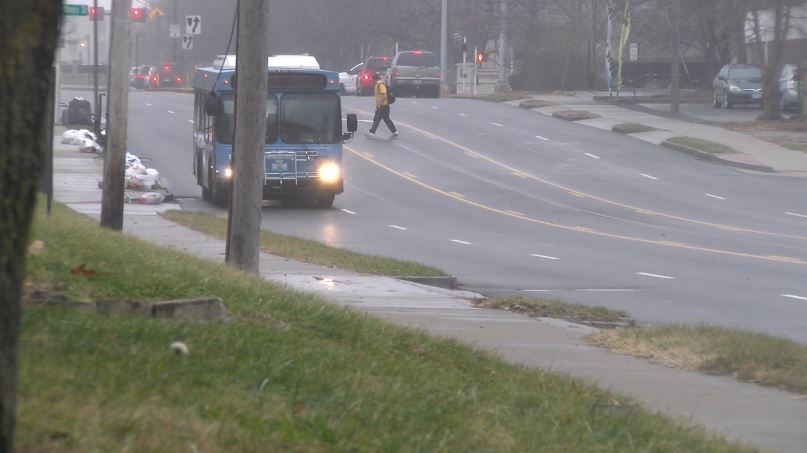Advocate: Deadly pedestrian crash on College Avenue “preventable”

COLUMBIA, Mo. (KMIZ)
The City of Columbia has identified College Avenue as a "priority street," one of the 3 percent of roads in the city on which 70 percent of fatal and serious injury crashes happen.
However, the city has not yet made changes to make the road more pedestrian friendly.
Columbia adopted the Vision Zero policy in 2016, which aims to create safer streets by eliminating deaths and serious injuries. The latest death was Logan Warnecke, 21, who was killed Friday while crossing College Avenue.
The PedNet Coalition, a not-for-profit organization that advocates for walking and biking, is one of the forces behind the policy. PedNet chief strategy officer Lawrence Simonson said no money has been earmarked for work along College Avenue under the Vision Zero policy.
"We know what a lot of the problems are, holistically, and some of those changes should have probably been occurring already," Simonson said. "If maybe some of those changes had already have been made, this death could have been prevented."
Columbia police said Warnecke was jogging across the road when a car driving northbound hit and killed him. Police are still investigating the crash, but the department said it does not believe drugs or alcohol were involved.
Simonson said there could be work to improve this area of College Avenue to make it safer for pedestrians, including traffic calming and more pedestrian facilities such as rapid-flashing beacons.
"In the area that this crash occurred, it was dead center right in between two crosswalks that are somewhat far apart," Simonson said.
Jack Allen is a junior studying at the University of Missouri. He said many members of his fraternity on College Avenue jaywalk across the road often because it is easier.
"There's not a whole lot of crosswalks," Allen said.
Although the road is maintained by the Missouri Department of Transportation, it is identified within Columbia's Vision Zero policy as a priority street.
Officials with MoDOT said this area of College Avenue has not been an area of focus. Once the crash investigation concludes, they will be looking into the results and greater trends in that area to determine if there are any changes that need to be made.
There are a number of existing safety measures on College Avenue that were implemented before the adoption of the Vision Zero policy. These include MoDOT's HAWK signals south of where the crash happened, a MoDOT wall in the median near Rollins Road, a pedestrian island north of the Broadway intersection, audible crosswalk signals and bridges on the Stephens College campus.
When asked about the lack of Vision Zero policy implementation, Columbia Public Works, which helps lead the policy, said the following:
"We believe that every crash, injury, or fatality that occurs on our public roadways, whether maintained by the City, State or County, is one too many. We continue to work with our local, state and national partners to continue to improve safety on our streets and sidewalks. As recent as 2015 the City of Columbia partnered with the University of Missouri-Columbia and MoDOT to install High-intensity Activated crossWalK (HAWk) beacons on College Avenue."
Barry Dalton, Columbia Public Works.
